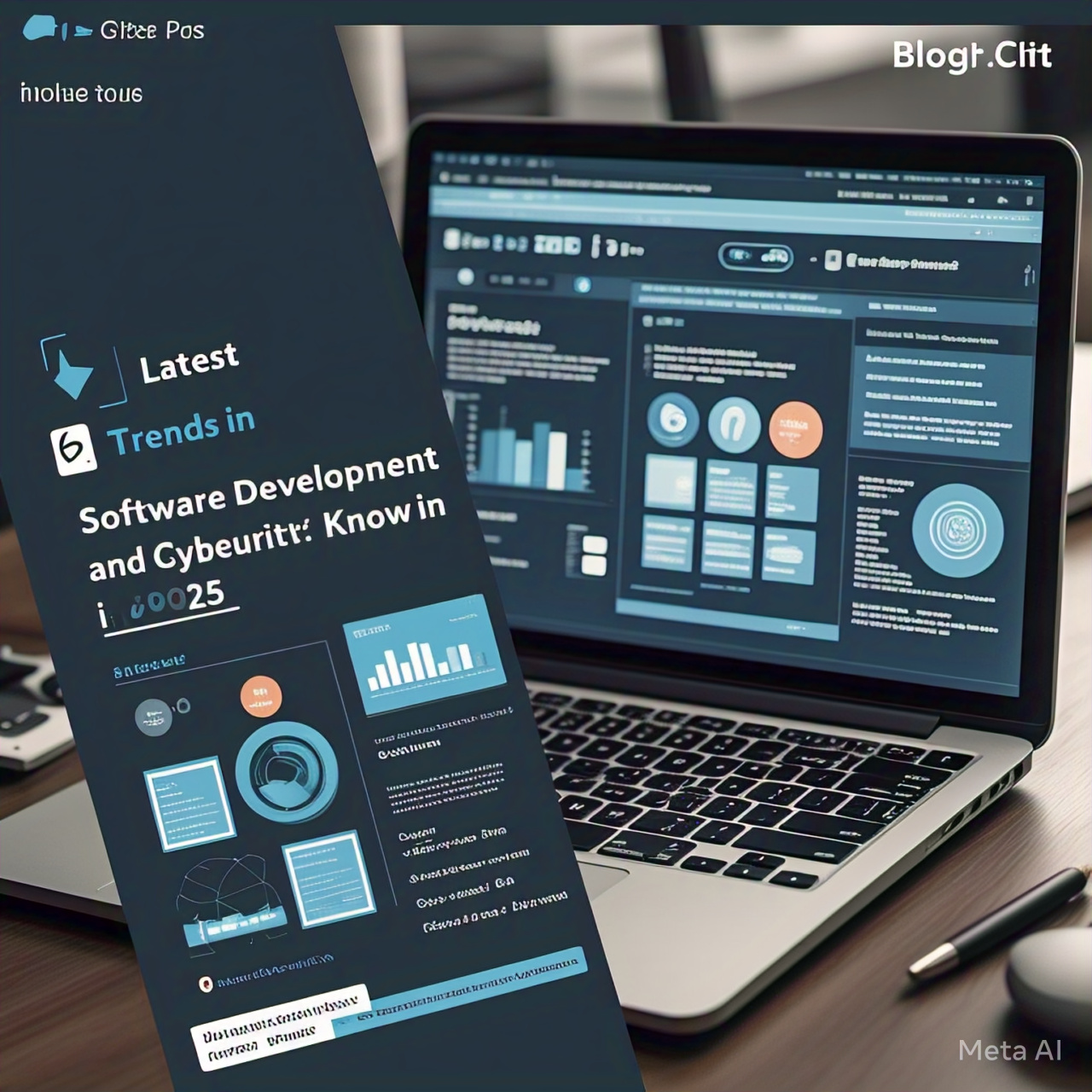Introduction
Software development and cybersecurity remain at the forefront of digital transformation as technology develops. To stay competitive and safeguard themselves against the ever-growing number of cyber threats, businesses need to adopt the latest innovations. This blog explores the key trends impacting software development and cybersecurity in 2025, along with tactics for businesses to stay ahead of them.
1. AI-Driven Software Development
Artificial intelligence (AI) is revolutionizing software development by enabling automatic code generation, issue discovery, and performance optimization.
Key AI Trends:
AI-Powered Code Assistants: Applications like GitHub Copilot and ChatGPT let engineers write more efficient code more rapidly.
AI algorithms use automated testing and debugging to find flaws and issues before deployment.
Low-Code & No-Code Development: By allowing non-developers to quickly construct apps, AI-powered platforms reduce development timelines.
2. Cybersecurity Threats & Mitigation Strategies
With the rise of sophisticated cyber threats, companies must adopt robust security measures.
Major Cybersecurity Threats in 2025:
Ransomware attacks occur when cybercriminals encrypt crucial data and then demand a ransom.
Artificial intelligence (AI) is used by attackers to craft convincing phishing emails.
Cloud Security Vulnerabilities: As more businesses go to the cloud, improper setups could lead to data breaches.
How to Mitigate Cybersecurity Risks:
– Multi-Factor Authentication (MFA) – Adds an extra layer of security.
– Endpoint Detection & Response (EDR) – Detects and responds to threats in real-time.
– Regular Security Audits & Penetration Testing – Identifies vulnerabilities before hackers exploit them.
3. Blockchain for Enhanced Security
Blockchain technology is being used to enhance security across industries.
Benefits of Blockchain in Cybersecurity:
– Decentralized Security – Eliminates single points of failure.
– Immutable Data Records – Prevents unauthorized data alterations.
– Secure Identity Management – Enhances authentication processes.
4. Best Practices for Businesses to Stay Secure
– Keep Software & Systems Updated – Patch vulnerabilities immediately.
– Educate Employees on Cybersecurity – Reduce risks of human error.
– Adopt AI-Driven Threat Detection – Use AI-based security solutions for real-time threat analysis.
– Secure Cloud Infrastructure – Implement strong encryption and access controls.
Conclusion
The intersection of software development and cybersecurity is more critical than ever. Businesses must adopt AI-driven development, integrate security within DevSecOps, and implement proactive cybersecurity measures to stay protected. By staying updated with these trends, your company can enhance its digital presence while ensuring a secure and efficient software ecosystem.
Boost Your Security & Software Development Today!
Are you looking to enhance your software and cybersecurity strategy? Contact us to learn how we can help secure and optimize your business in 2025 and beyond!

